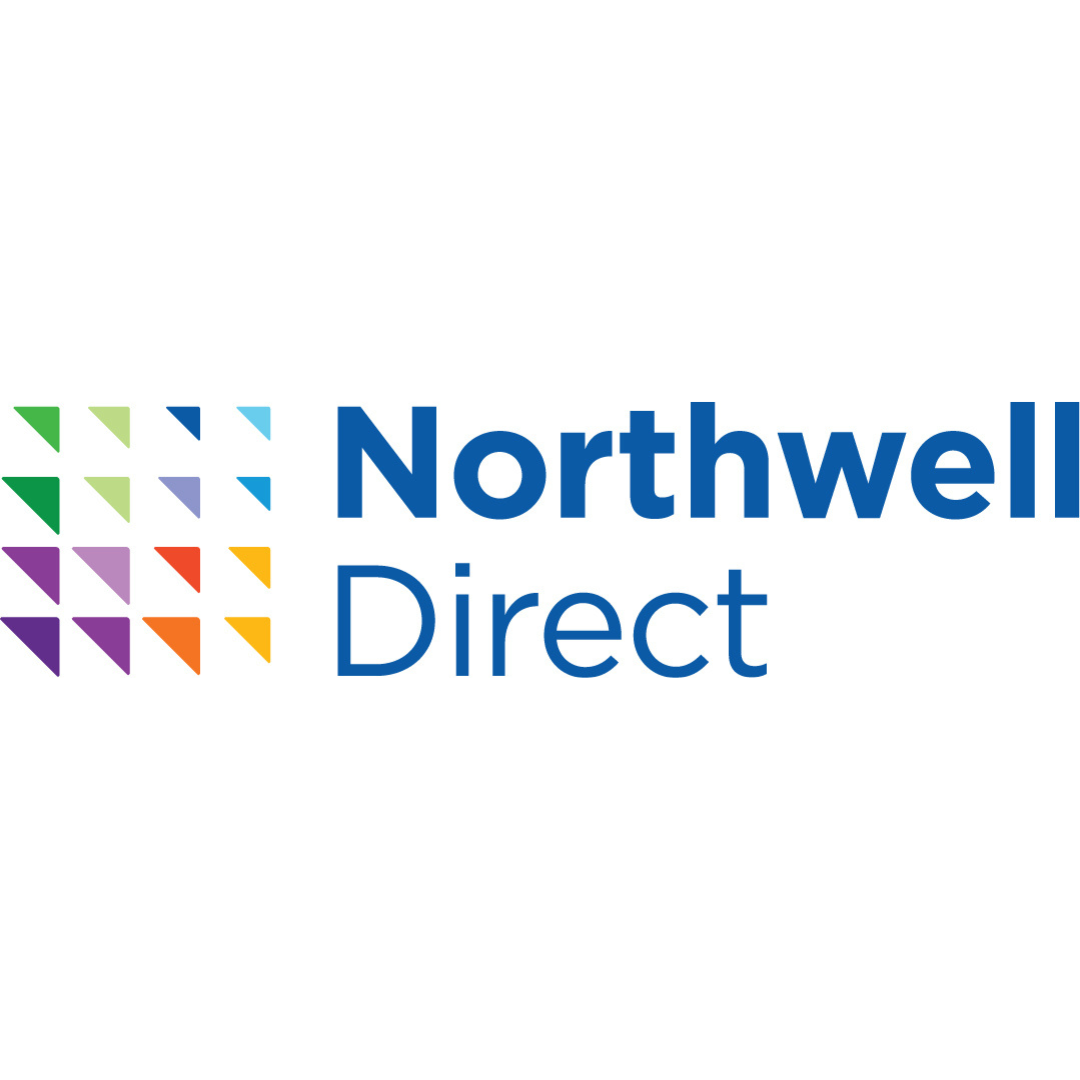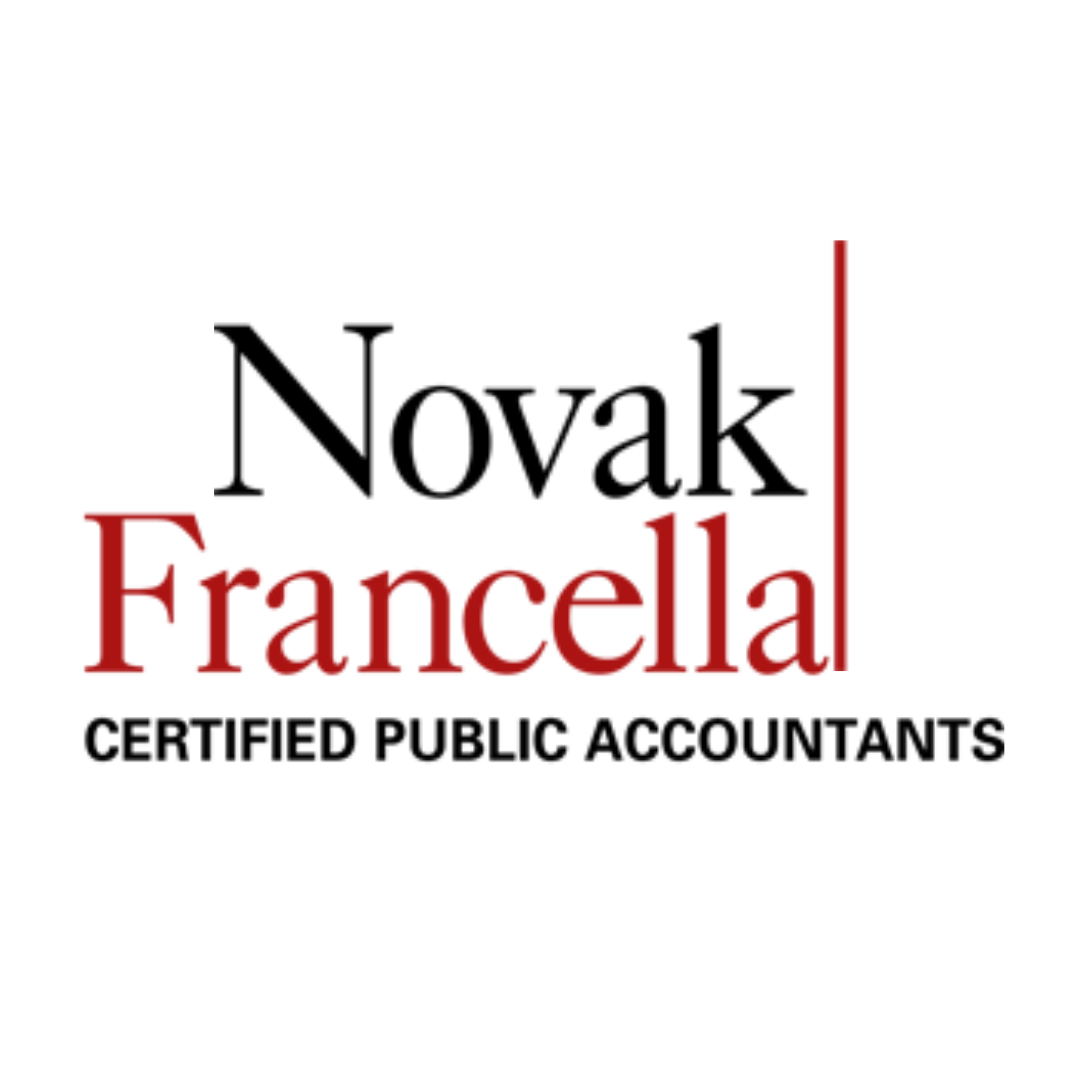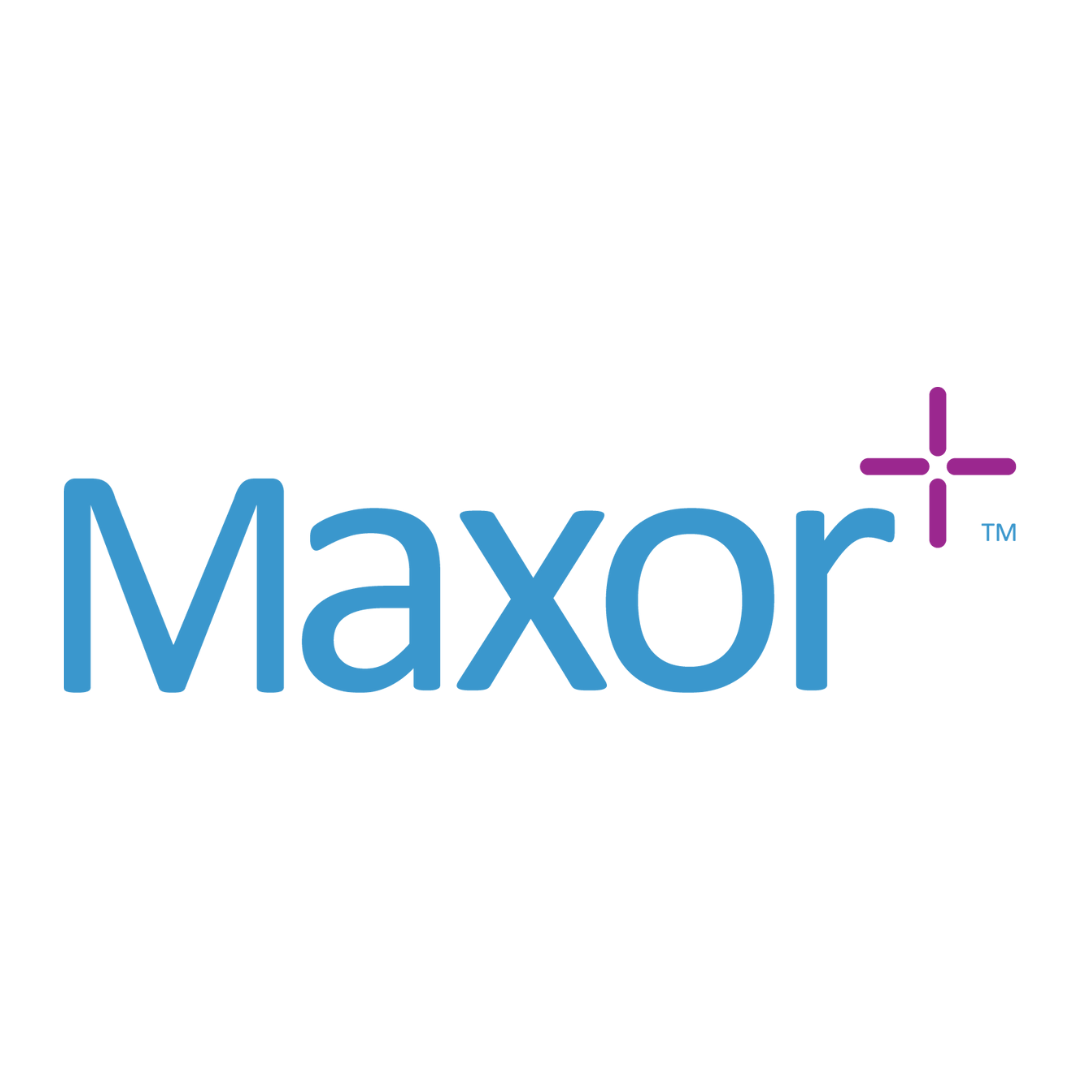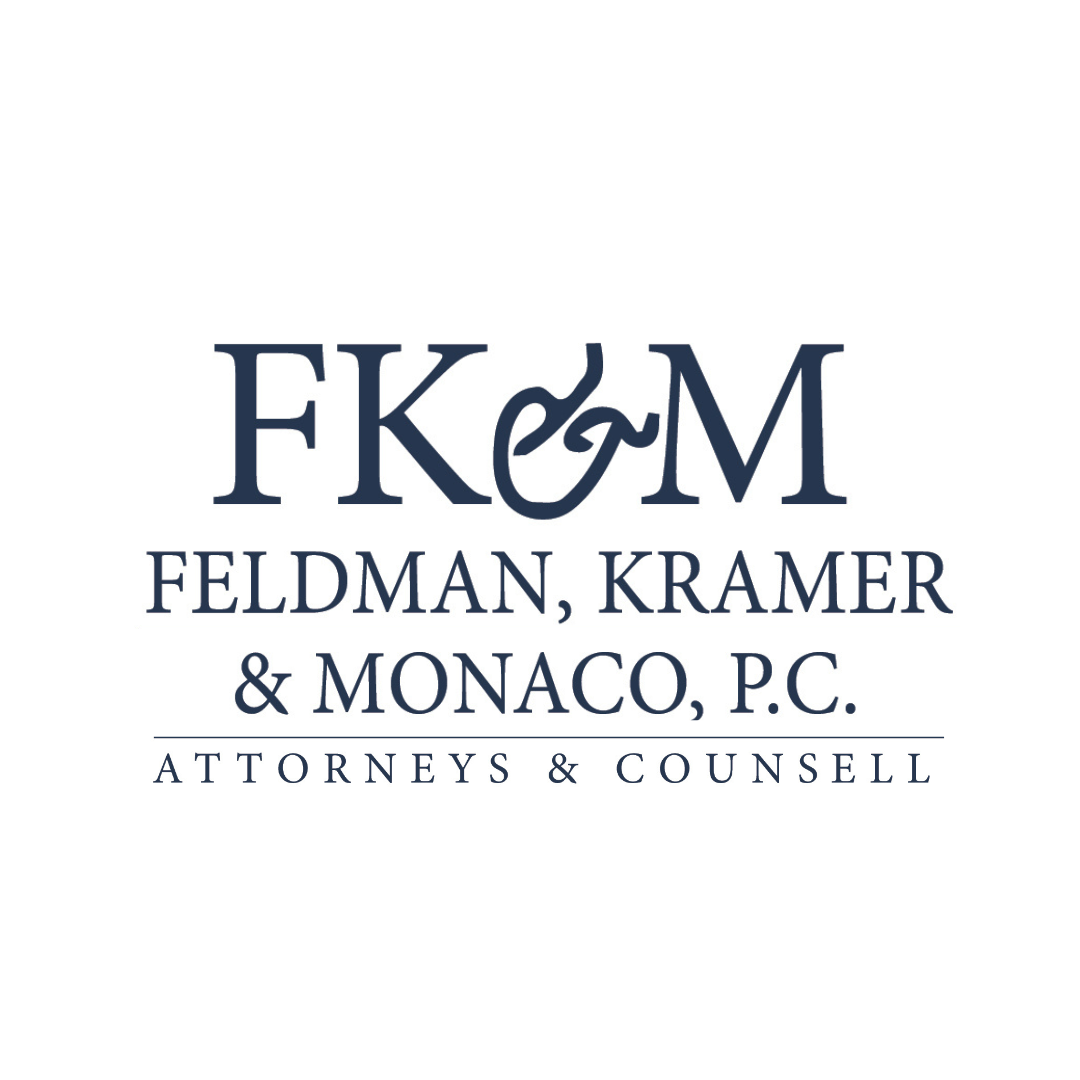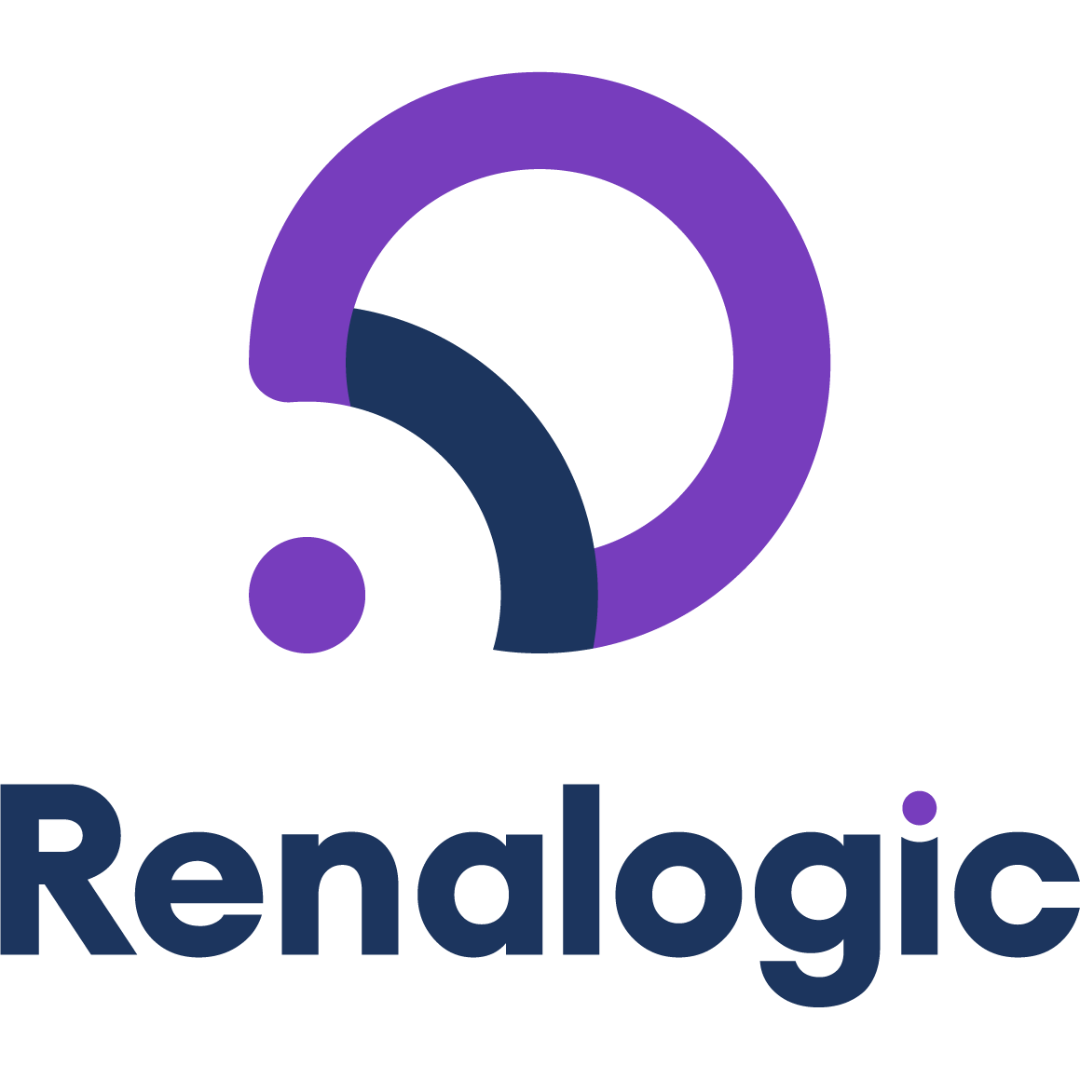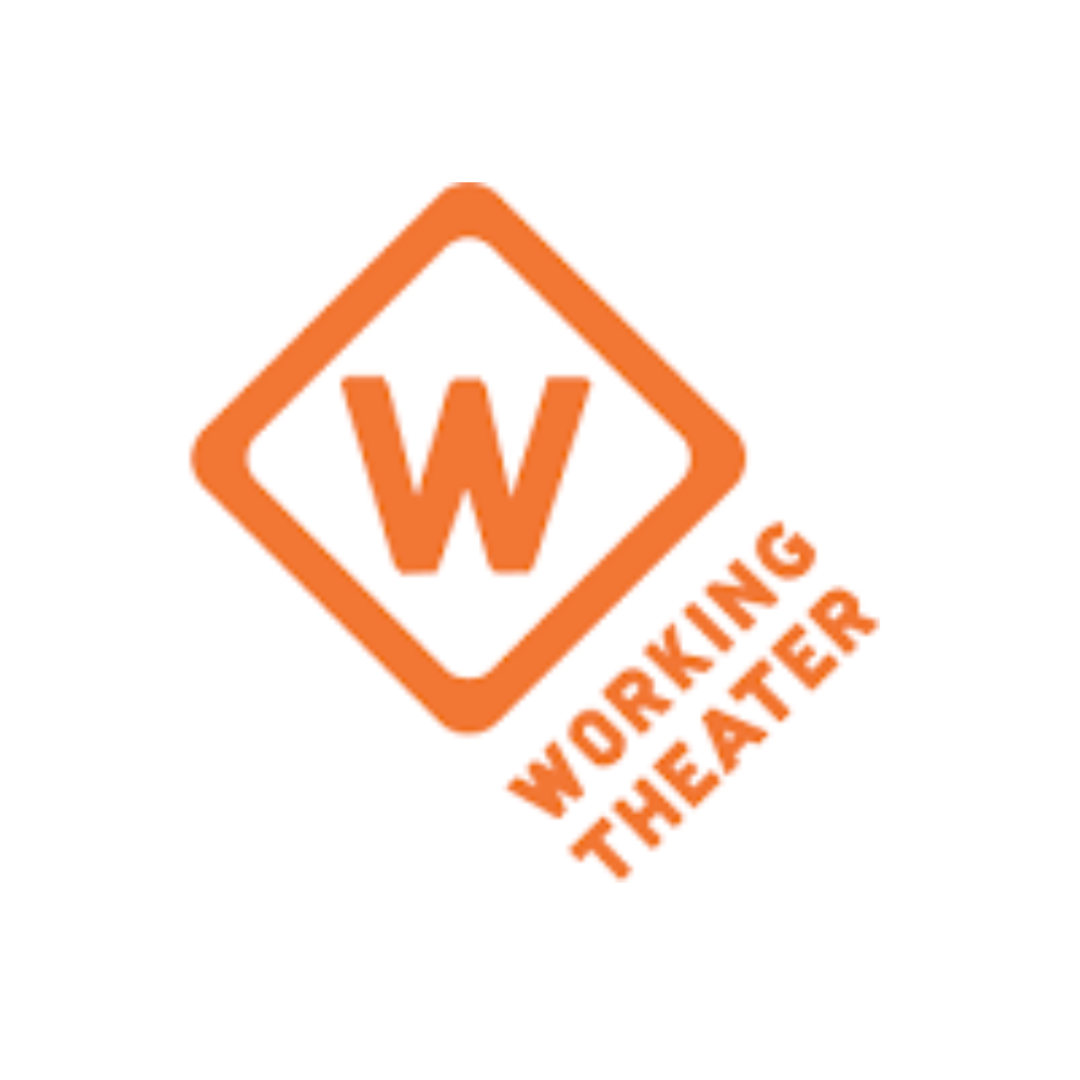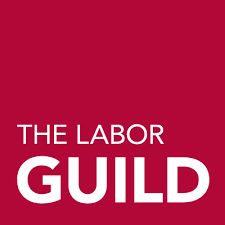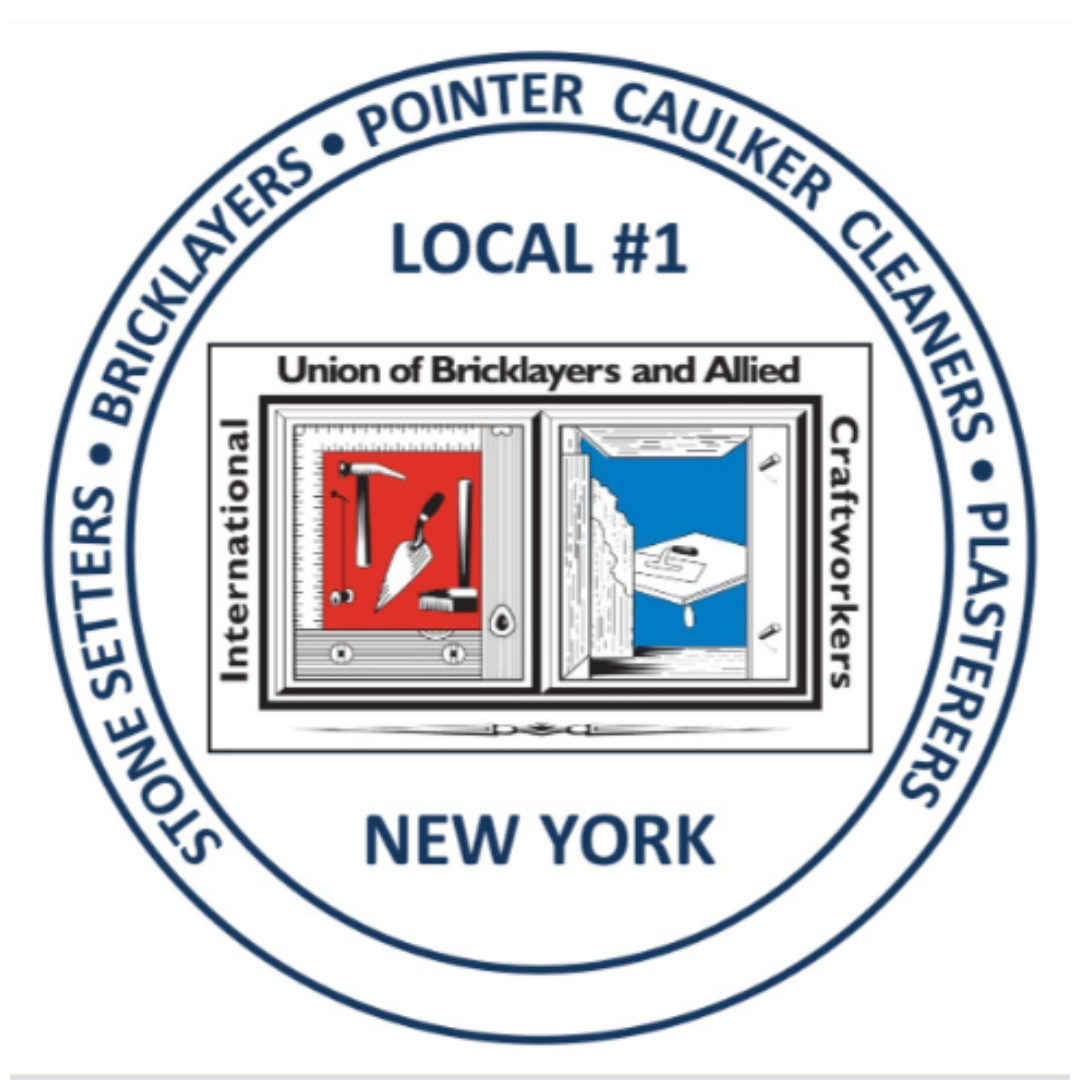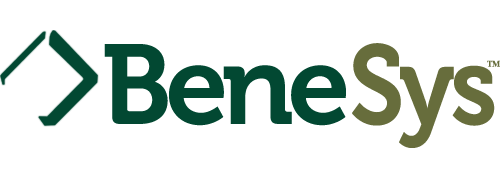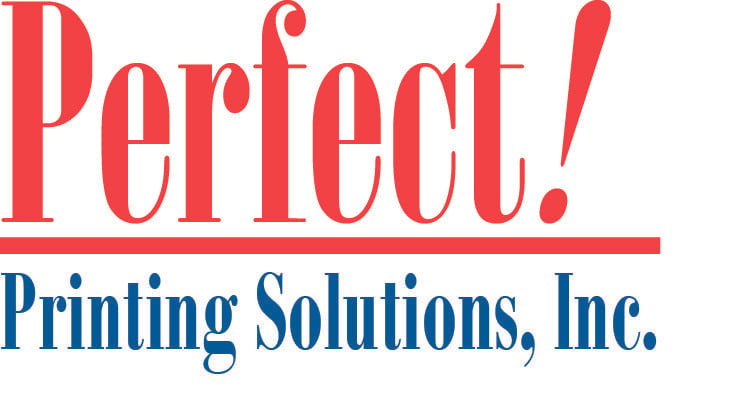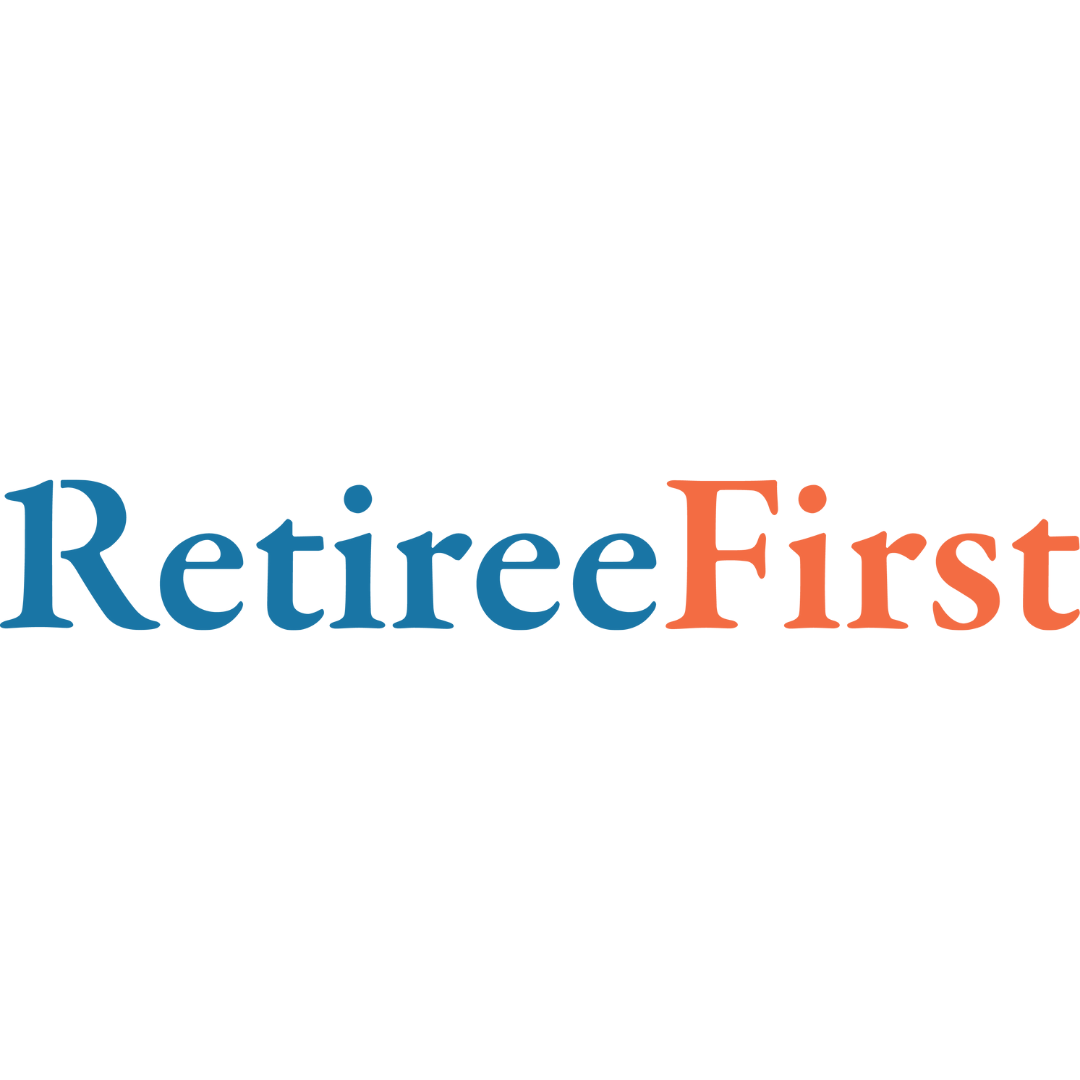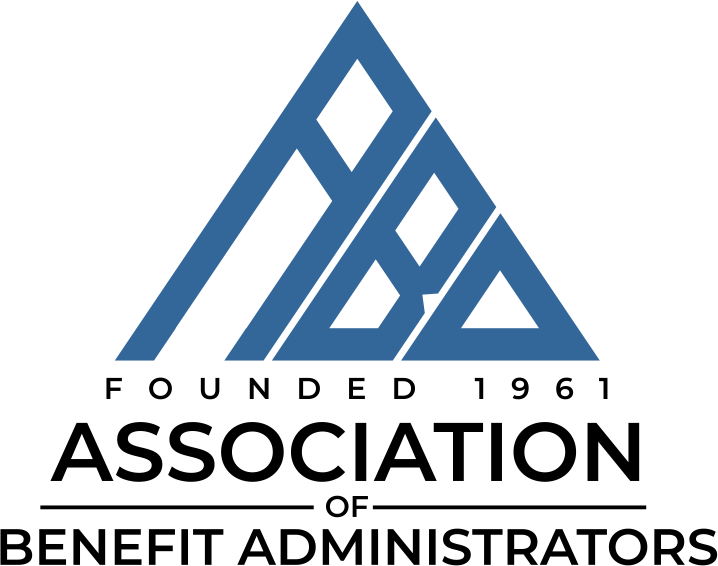The Hidden Price Tag of Breast Cancer That Nobody Talks About

Financial toxicity. The term is used to describe an often-overlooked aspect about cancer care: how out-of-pocket costs can cause distress for patients. Employers, health plans, unions, and consultants may not be aware of or feel comfortable discussing cancer-related financial toxicity. Nonetheless, it may be a critical issue facing your organization, as improvements in screening and treatment mean more people are surviving cancer – and facing long-term financial burdens. In fact, more than half of breast cancer survivors experience debt for years as a result of their care, and some cancer survivors report spending more than 20% of their annual income on ongoing medical care.
Breast cancer poses significant financial burdens, as it is one of the most prevalent forms of cancer and therefore the cancer with the highest total treatment costs in the US. Financial toxicity related to breast cancer encompasses social determinants of health (e.g., transportation, food delivery, extra child care), health equity issues (e.g., racial disparities in detection and treatment), and qualified medical expenses not covered by insurance (e.g., wigs, physical therapy supplies, and over-the-counter medications).
Supporting people with breast cancer requires that organizations put programs and policies in place to address the financial burdens that follow a diagnosis. This article will address some of the hidden financial burdens faced by people with breast cancer, and showcase some of the steps that employers, health plans, unions, and consultants can take to mitigate the financial toxicity of breast cancer.
Understand the Hidden Financial Burdens
Beyond the direct costs of breast cancer care, individuals face significant secondary financial burdens, including transportation, childcare, and uncovered medical expenses.
The tradeoffs people make during breast cancer treatment are sometimes dire. Some people undergoing treatment report having to choose between food and cancer care. But even for those facing relatively less financial hardship, the cost of uncovered or minimally covered care proves too great for many. According to one study, 11.9% of people with breast cancer forwent fertility preservation specifically due to cost and 10.9% delayed or skipped desired breast reconstruction. In a 2022 survey, 45% of people with breast cancer and cancer survivors said they delayed or avoided medical care for serious cancer-related issues due to cost concerns.
Supporting secondary expenses, such as wigs, physical therapy supplies, wheelchairs, and additional childcare expenses not only eases the financial burden, but also improves the quality of life for those undergoing treatment and survivorship. Addressing these acute costs can also mitigate some of the negative long term impacts of survivorship, as cancer patients who declared bankruptcy had a 79% greater mortality risk than those who did not.
Promote Screening Because Stage of Detection Matters
The financial toll of breast cancer is closely tied to the stage of detection. In other words, the earlier the diagnosis, the less expensive the cancer-related costs may be. Risk assessments and screenings are the best places to start. For breast cancer alone, proper screening can lead to more than a 29% reduction in the number of people diagnosed with metastatic disease.
This provides crucial health benefits, and significantly reduces the financial burden on patients and healthcare systems. The costs of treatment escalate dramatically with more advanced cancer stages. The mean costs one year after a diagnosis of breast cancer is approximately $51,235 at Stage 1, and $116,087 at Stage 4. Even two years after a diagnosis, the difference often remains more than double for early-stage versus late-stage cancer. Out-of-pocket costs for patients follow this same pattern, with lower stage cancers taking less of a financial toll on people and their families. The Centers for Disease Control and Prevention (CDC) underscores the importance of early detection as an essential tool for not only improving breast cancer survival but of reducing the financial toxicity of the disease.
Through wellness campaigns that emphasize risk assessment, prevention, and treatment, and an appropriate follow-through treatment program, organizations can help encourage more people to undergo recommended cancer screenings and significantly reduce downstream costs.
Provide Comprehensive and Equitable Support
Navigating breast cancer requires holistic support beyond treatment—managing everything from securing transportation to scheduling appointments to handling unexpected out-of-pocket costs. A benefits plan needs to take just as comprehensive an approach, ensuring coverage extends well beyond treatment.
A small sampling of the secondary costs associated with breast cancer treatment include:
- Lymphedema management
- Hormonal therapy
- Reconstructive surgery
- Fertility preservation
- Genetic testing
- Child care
- Prosthetics and clothing
- Mental health and body image support
Some of these costs are not covered at all, while others are only covered by insurance after a person’s deductible is met. Organizations that want to create a supportive environment may consider helping people address these costs, alleviating stress, and mitigating the need to borrow money or go into debt to receive the support they need.
Proactively addressing these financial challenges can communicate a commitment to wellness and to addressing a significant health equity issue, as financial toxicity affects Black individuals disproportionately to White and Asian people with breast cancer. Being aware of this difference can help organizations create a more equitable environment for health and wellness. And providing coverage and support mechanisms tailored to the full scope of breast cancer’s impact, including addressing social determinants of health, can go a long way to creating a healthier work environment.



